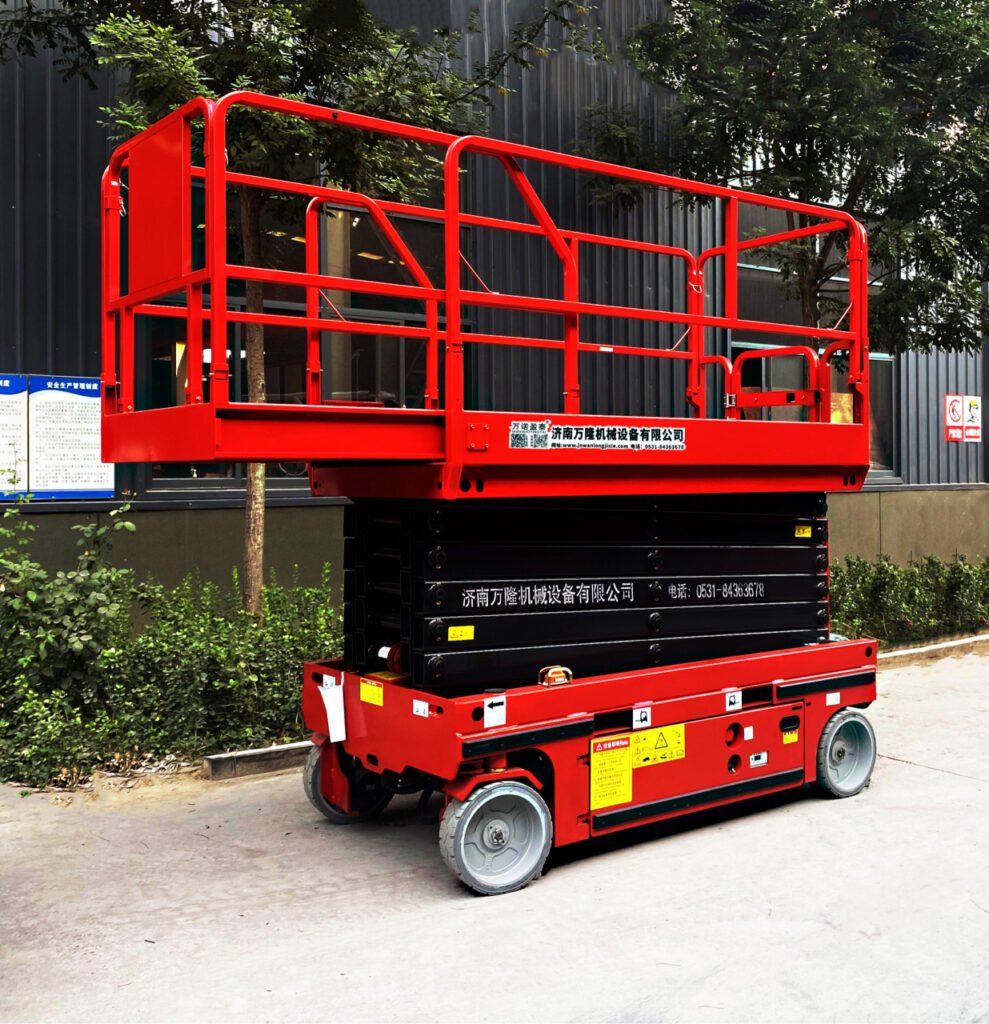Hydraulic portable lifts are essential equipment used in various industries for lifting heavy loads efficiently. These lifts operate through hydraulic power, allowing for smooth, controlled movements. This article will break down the key components of a hydraulic portable lift, explain their functionality, and explore the benefits of using such equipment in different sectors.

Table of Contents
- Key Components of a Hydraulic Portable Lift
- How Hydraulic Portable Lifts Work
- Advantages of Hydraulic Portable Lifts
- Applications in Various Industries
- Maintenance Tips for Hydraulic Portable Lifts
Key Components of a Hydraulic Portable Lift
A hydraulic portable lift consists of several key components that work together to achieve efficient lifting. These components are designed to provide stability, control, and safety while operating the lift.
| Component | Description |
|---|---|
| Hydraulic Pump | The pump generates the hydraulic pressure required to lift heavy loads. |
| Hydraulic Cylinder | The cylinder is responsible for the actual lifting motion when pressurized hydraulic fluid is applied. |
| Control Valve | This valve controls the flow of hydraulic fluid, allowing operators to raise or lower the lift. |
| Base Frame | The base frame provides stability and supports the weight of the lift and the load being lifted. |
How Hydraulic Portable Lifts Work
Hydraulic portable lifts rely on hydraulic fluid to generate lifting power. When the operator activates the control valve, hydraulic fluid is pumped into the hydraulic cylinder, which increases the pressure and causes the cylinder to extend. This action raises the platform, allowing it to lift heavy loads. The control valve also allows the operator to control the descent of the platform by regulating the fluid flow out of the cylinder.
The hydraulic system works based on Pascal's principle, which states that the pressure in a confined fluid is transmitted equally in all directions. This principle is applied to efficiently lift heavy objects by using a relatively small amount of force applied to the hydraulic pump. The compact size and portability of the lift make it ideal for various lifting applications.
Advantages of Hydraulic Portable Lifts
Hydraulic portable lifts provide several benefits for users across various industries. These advantages include efficiency, ease of use, and safety.
- Efficiency: Hydraulic lifts are able to lift heavy loads with minimal manual effort, significantly increasing productivity.
- Portability: Their compact design makes hydraulic portable lifts easy to move between job sites, enhancing flexibility.
- Safety: The hydraulic system provides smooth, controlled lifting, reducing the risk of accidents associated with manual lifting.
- Cost-Effectiveness: By eliminating the need for additional lifting equipment or labor, hydraulic lifts provide a cost-effective solution for many applications.
| Advantage | Benefit |
|---|---|
| Efficiency | Increases productivity with minimal effort |
| Portability | Easy to move between job sites |
| Safety | Provides smooth, controlled lifting |
Applications in Various Industries
Hydraulic portable lifts are used in a wide range of industries for lifting and transporting heavy objects. Some of the most common applications include:
- Construction: Lifting heavy construction materials such as steel beams and concrete blocks.
- Warehousing: Moving goods in warehouses and distribution centers, especially for high shelves.
- Manufacturing: Assisting in assembly lines by lifting large components into place.
- Automotive: Lifting vehicles for maintenance and repairs.
Maintenance Tips for Hydraulic Portable Lifts
To ensure the longevity and efficiency of a hydraulic portable lift, regular maintenance is crucial. Some essential maintenance tips include:
- Check Hydraulic Fluid Levels: Ensure the fluid is at the recommended levels to maintain proper operation.
- Inspect for Leaks: Regularly inspect hoses and cylinders for leaks that can reduce lifting capacity.
- Clean and Lubricate: Keep all moving parts clean and lubricated to reduce friction and wear.
By following these maintenance practices, users can extend the life of the hydraulic lift and avoid costly repairs.

